Step-by-Step Guide to Creating a Branded OTT Platform
Step-by-Step Guide to Creating a Branded OTT Platform
Table of Contents
- Understanding the OTT Opportunity
- The Technical Foundation: Building Your Streaming Platform
- The Strategic Blueprint: Winning in a Crowded Market
- Conclusion
The media landscape is undergoing a fundamental shift. Viewers have moved from scheduled programming to on-demand content, leaving traditional media houses at a critical crossroads. The path forward often leads to creating a branded Over-the-Top (OTT) streaming service. This transition is more than a technical upgrade; it's a strategic evolution that redefines how you connect with your audience.
This guide explores the key steps for transitioning from a legacy model to a successful streaming service. We will cover the technical hurdles, strategic opportunities, and marketing essentials needed to build a platform that can thrive in a competitive market.
Understanding the OTT Opportunity
Launching a branded OTT service allows media houses to reclaim control over their content distribution. Instead of licensing valuable assets to third-party streaming giants, you can build a direct relationship with your audience. This direct-to-consumer model unlocks new revenue streams through subscriptions, advertising, or hybrid models. It also provides invaluable access to first-party data, offering deep insights into viewer behavior and preferences.
The benefits are clear, but the journey requires careful planning. It involves navigating complex technical challenges and developing a robust strategy to attract and retain subscribers.
The Technical Foundation: Building Your Streaming Platform
A successful OTT service is built on a solid technical framework. Rushing this stage can lead to a poor user experience and costly fixes down the line. Focus on these core technical pillars.
Migrating Your Archives
For many legacy media houses, the biggest asset is a vast library of content. Migrating these archives for digital streaming is a critical first step. This process involves more than just uploading files.
- Digitization and Formatting: Older content may exist on physical tapes or in outdated digital formats. It must be digitized, restored, and transcoded into modern adaptive bitrate formats (like HLS or DASH). This ensures a smooth viewing experience across different devices and internet speeds.
- Metadata Management: Rich metadata is the backbone of a searchable and user-friendly library. Each piece of content needs detailed tags, including title, genre, actors, director, synopsis, and relevant keywords. A robust Content Management System (CMS) is essential for organizing this information and making your library easily discoverable.
- Cloud vs. On-Premise: Decide where your content will live. Cloud storage offers scalability and reduces the burden of managing physical servers. Providers like Amazon Web Services (AWS), Google Cloud, and Microsoft Azure offer specialized media services that can streamline this process.
Designing an Intuitive User Interface (UI/UX)
Your platform's interface is the first thing users will interact with. A clunky or confusing design will drive them away, regardless of your content quality. A strong UI/UX prioritizes simplicity and discovery.
- Seamless Navigation: Users should be able to find what they want with minimal effort. Implement logical content categories, a powerful search function, and personalized recommendations. Look at leaders like Netflix or Hulu; their intuitive layouts make content discovery a central part of the experience.
- Cross-Platform Consistency: Your service must work flawlessly on every screen, from smart TVs and laptops to tablets and smartphones. A consistent design language across all platforms creates a familiar and reliable experience for your users.
- Focus on Performance: Slow loading times are a major source of user frustration. Optimize your platform for speed, ensuring that videos start quickly and playback is uninterrupted.
Integrating User Data and Analytics
An OTT platform is a powerful data-gathering tool. Every play, pause, search, and binge-watch provides insight into what your audience loves. Integrating a robust analytics system is non-negotiable.
- Key Metrics to Track: Monitor metrics like subscriber acquisition cost (SAC), customer lifetime value (CLV), churn rate, and average revenue per user (ARPU). On the content side, track viewing hours, completion rates, and popular genres.
- Personalization Engine: Use this data to power a recommendation engine. By suggesting content based on a user's viewing history, you can increase engagement and session times. Personalization makes users feel understood and valued.
- Informing Content Strategy: Analytics should directly influence your content acquisition and creation strategy. If data shows a high demand for true-crime documentaries, you know where to invest your resources.
The Strategic Blueprint: Winning in a Crowded Market
A great platform is only half the battle. You need a compelling strategy to attract subscribers and stand out from the competition.
Differentiating Your Service
The streaming market is saturated. Why should a consumer choose your service over another? Your value proposition must be crystal clear.
- Niche vs. Broad: You can't outspend Netflix on content volume. Instead, focus on a niche audience. Shudder, for example, built a loyal following by catering exclusively to horror fans. A focused library can be more appealing than a vast, generic one.
- Exclusive Content: Original and exclusive content is the single most powerful driver of subscriptions. This could be new shows and movies, or exclusive access to live events and behind-the-scenes footage.
- Pricing and Monetization: Choose a model that aligns with your content and audience. Subscription Video on Demand (SVOD) offers predictable revenue. Advertising-Based Video on Demand (AVOD) can attract a wider audience. A hybrid model can offer the best of both worlds, with a lower-priced subscription tier supported by ads.
Marketing Your OTT Platform
You have to tell people your service exists. A multi-channel marketing plan is essential for building awareness and driving sign-ups.
- Pre-Launch Hype: Start building excitement before your platform goes live. Use social media teasers, email newsletters, and press releases to announce your launch date and highlight key content.
- Leverage Your Existing Audience: Your legacy brand has an existing audience. Market your new OTT service through your traditional channels, whether it's a TV network, a print publication, or a popular website.
- Performance Marketing: Use targeted digital advertising on social media and search engines to reach potential subscribers. Offer free trials to lower the barrier to entry and let your content do the selling.
Building a Loyal Subscriber Base
Acquiring a subscriber is just the beginning. The real goal is to retain them for the long term.
- Consistent Content Cadence: Keep your library fresh by adding new content regularly. A predictable release schedule, whether weekly or monthly, gives subscribers a reason to stay.
- Community Engagement: Build a community around your brand. Engage with users on social media, send personalized email newsletters with recommendations, and create a sense of belonging.
- Reduce Churn: Pay close attention to your churn rate. Use exit surveys to understand why users are leaving and address those issues. Sometimes, a simple "win-back" offer, like a discount for a returning subscriber, can be highly effective.
Conclusion
Transitioning from a legacy media house to a branded OTT Development service is a challenging but rewarding endeavor. It requires a significant investment in technology, strategy, and marketing. However, by building a direct relationship with your audience, you gain control over your destiny and create a sustainable business model for the future. For those seeking expert support during this critical shift, partnering with turnkey platforms like Regal Streaming Solution can simplify and accelerate the transition, providing the tools and guidance needed to launch a successful branded OTT service.
Start with a deep understanding of your content assets and target audience. Invest in a flexible and scalable technical foundation. And finally, build a brand that offers a unique value proposition in a crowded marketplace. By following these steps, you can successfully navigate the shift from legacy to streaming.
Ready to take your media house into the streaming era? Reach out to our team today to discuss your vision or explore how Regal Streaming Solution can help you create a standout OTT platform tailored to your audience and goals.
Table of Contents
- Understanding the OTT Opportunity
- The Technical Foundation: Building Your Streaming Platform
- The Strategic Blueprint: Winning in a Crowded Market
- Conclusion
Developed by ICode49 Technolabs

